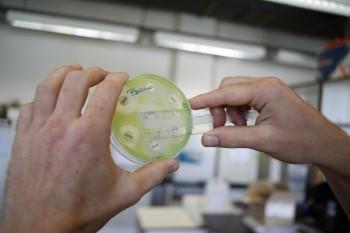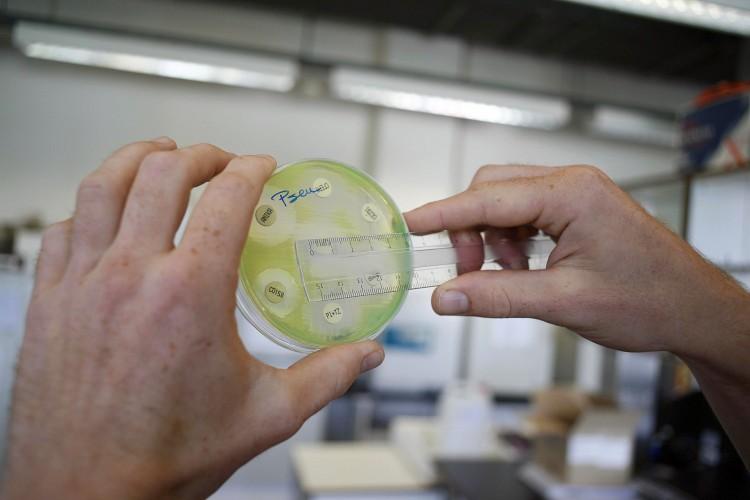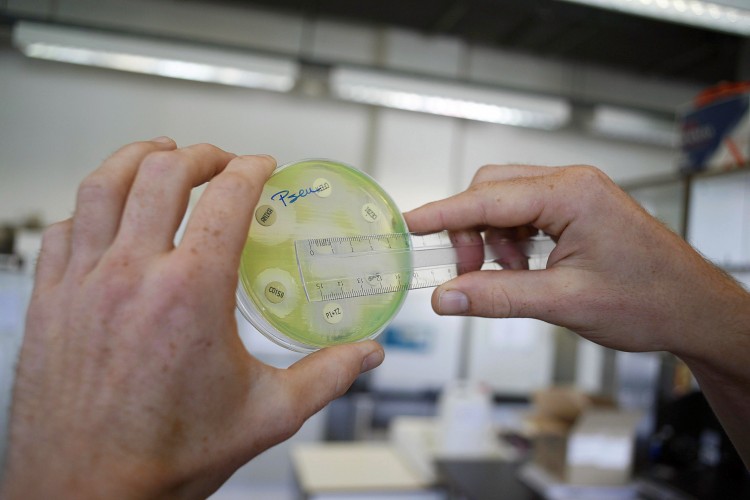The bacterium, Micavibrio aeruginosavorus, feeds on other bacteria, including human pathogens, and could be used to treat infectious diseases.
Discovered in wastewater almost three decades ago, this bacterial predator is difficult to culture and study via traditional microbiological techniques. However, new research has revealed “how it makes its living,” according to study co-author Martin Wu at University of Virginia in a press release.
M. aeruginosavorus leeches onto other bacteria such as Pseudomonas aeruginosavorus, which causes chest infections in cystic fibrosis sufferers, and sucks out nutrients through their cell walls.
“Pathologists may eventually be able to use this bacterium to fight fire with fire, so to speak, as a bacterium that will aggressively hunt for and attack certain other bacteria that are extremely harmful to humans,” Wu said.
“We used cutting-edge genomic technology in our lab to decode this bacterium’s genome,” he added. “We are particularly interested in the molecular mechanisms that allow it to hunt for and attack prey.”
“This kind of investigation would have been extremely difficult and expensive to do only a few years ago.”
Traditional antibiotics have been overused, and this has led to the development of resistant “super bugs.”
As M. aeruginosavorus is highly selective in its predatory action, it does not harm the many beneficial bacteria in the human body and in the environment.
“It is possible that a living antibiotic such as M. aeruginosavorus—because it so specifically targets certain pathogens—could potentially reduce our dependence on traditional antibiotics and help mitigate the drug-resistance problem we are now facing,” Wu said.
Furthermore, this bacterium can swim through viscous fluids like mucus to reach its prey, for example P. aeruginosavorus, which produces a glue-like biofilm that increases its resistance to traditional antibiotics.
M. aeruginosavorus could also be used in industry, for instance to reduce biofilm-forming bacteria in piping and medical devices like implants.
Further research is needed to better understand the bacterium’s genetics and it will need engineering to modify its predatory characteristics for disease treatment.
“We have a map now to work with, and we will see where it leads,” Wu concluded.
The research paper was published in the journal BMC Genomics.
You can read the paper at http://www.biomedcentral.com/1471-2164/12/453







